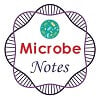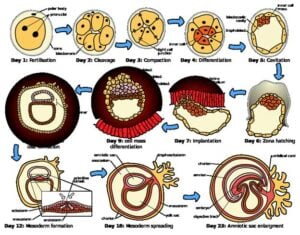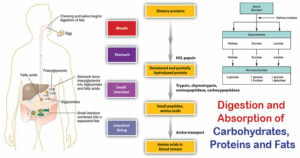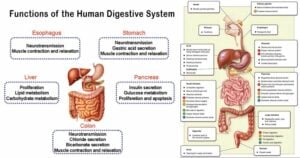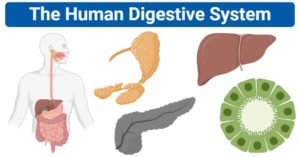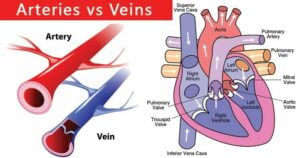Human Embryogenesis- Definition, Process, Stages
Human embryogenesis steps Human embryogenesis is completed in two stages: (a) Germinal stage and (b) Embryonic period proper stage Image Source: intranet.tdmu.edu.ua Germinal Stage: Embryonic period proper: Gastrulation Neurulation Organogenesis … Read more
